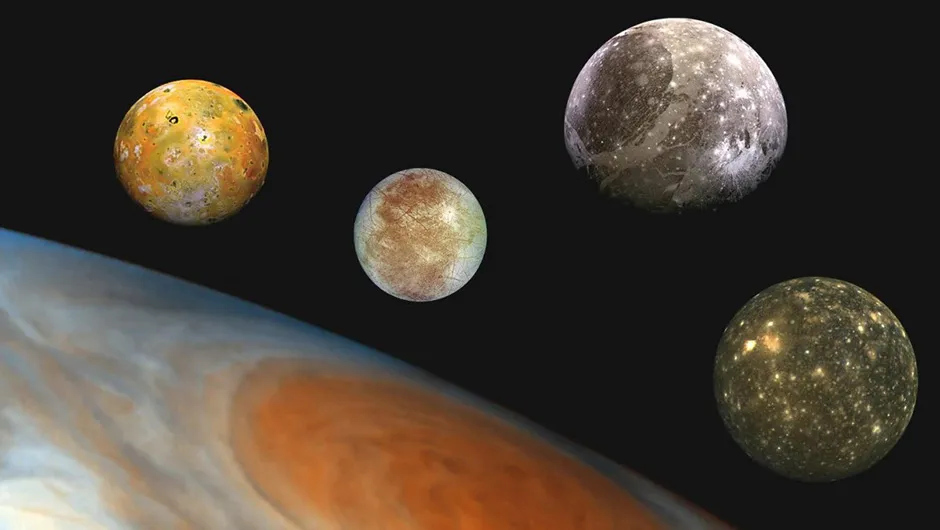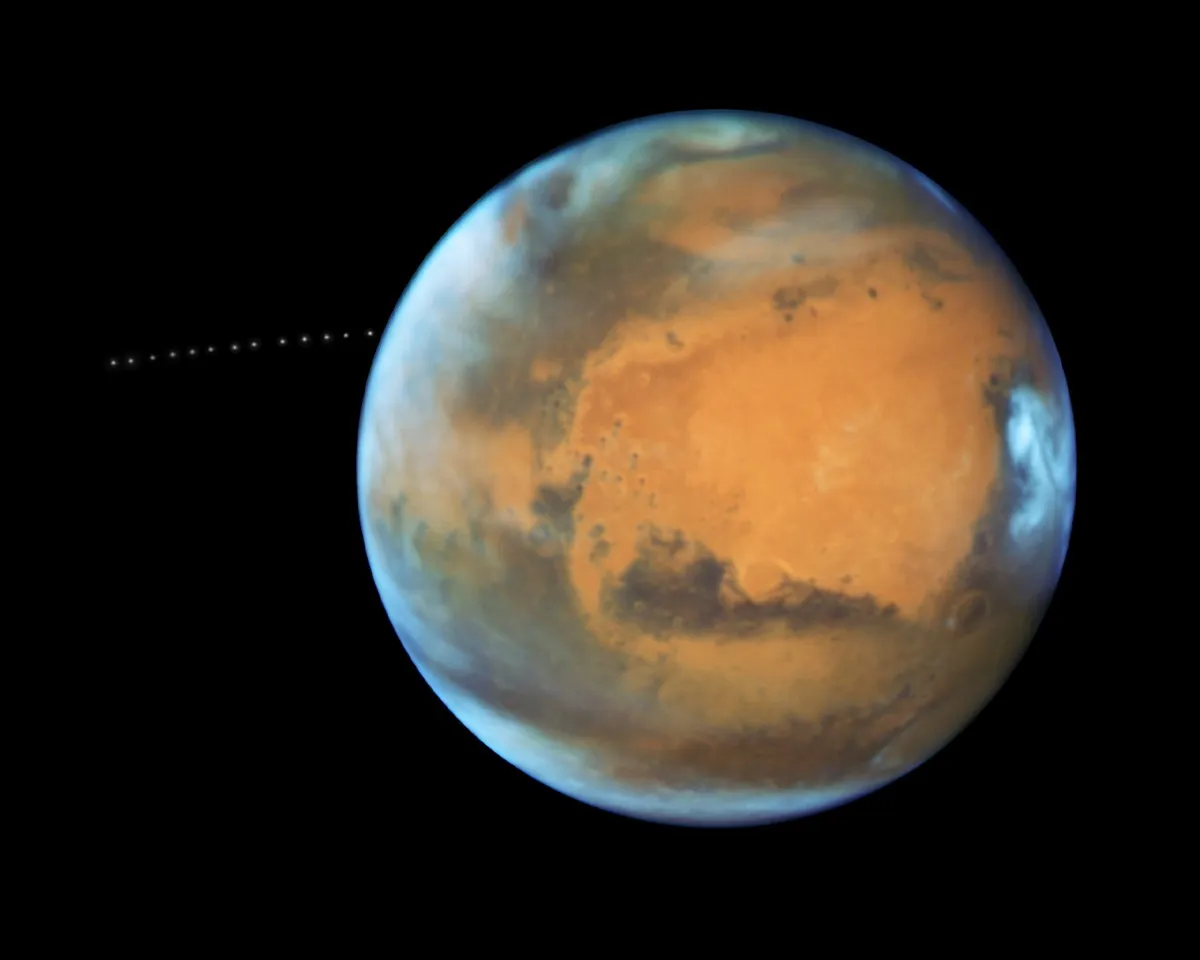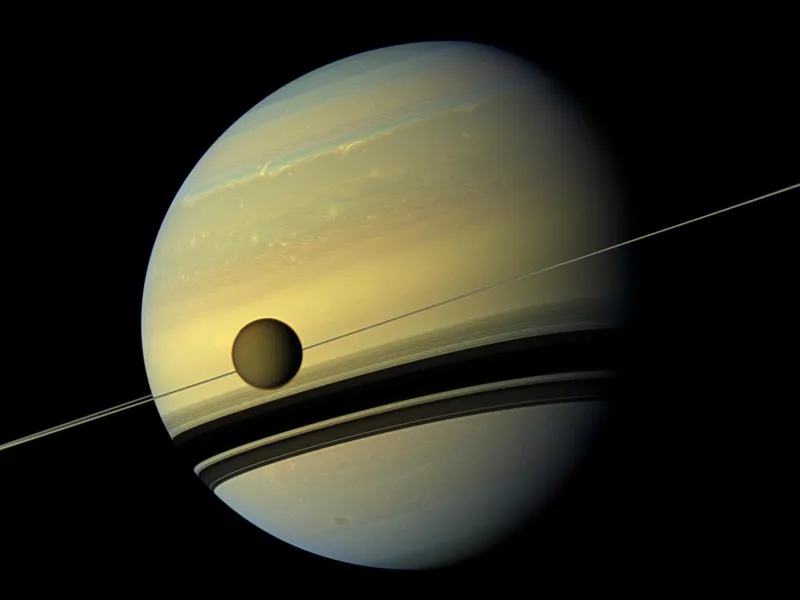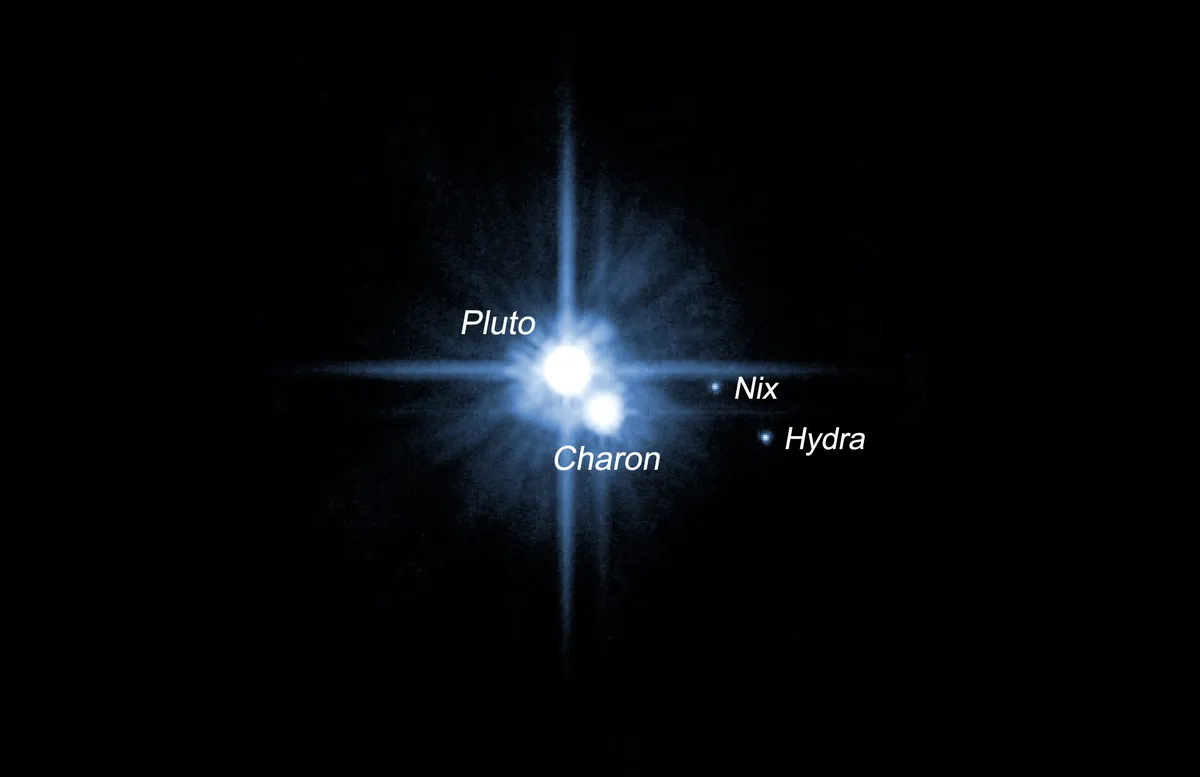There are 8 planets in our Solar System, including Earth, some with many moons, some with a few, and some with none.
So which planet has the most moons? Are moons ubiquitous across our Solar System?
And when you think about it, can a moon have a moon?
As with all questions relating to planets, the answer to that depends on whether you’re talking about planets within our own Solar System, or about planets in the Universe as a whole.
It also depends on how you define a moon.

Credit: NASA/JPL/DLR
What makes a moon a moon?
Per NASA’s Solar System website there are two kinds of moon:
- 'Traditional’ moons
- ‘Small body’ moons
Traditional moons are the kind of moons you’re probably thinking of: objects that, like our own Moon, are relatively large compared to their host planet, and orbit it at not too great a distance.
Small body moons include bodies such as asteroids and Kuiper Belt Objects.
Some of these also orbit planets (rather than orbiting the Sun), but they’re of much smaller relative size and their orbital distances are much greater.

Moons across the Solar System
In terms of traditional moons, Venus and Mercury don’t have any.
Earth has one moon and Mars has two moons, known as Phobos and Deimos.
But it’s the gas giants that have the most moons.
Jupiter boasts 95 moons but Saturn has more moons than Jupiter, with a staggering 274 moons confirmed so far.
128 of Saturn's moons were only recently discovered, by an international team of astronomers in March 2025.

So which planet has the most moons? The answer is Saturn.
You might even say Saturn is the king of the moons in our Solar System, as it has more moons than any other planet.
As we head towards the outer planets of the Solar System, we find fewer moons.
Uranus has 27 moons, Neptune has 14 moons and even dwarf planet Pluto can proudly claim 5 moons.
That makes a total of 418 traditional moons within the Solar System.
But factor in small body moons, and the Solar System has a “total reported moon count”, according to NASA, of 752.

Exoplanets and exomoons
When it comes to exoplanets, it’s harder to give a definitive answer.
Exoplanets are so far away that it’s hard to detect the planets themselves, let alone any smaller bodies that are circling them!
In fact, astronomers have yet to categorically identify any exomoons at all.

However, observations of some ‘hot Jupiter’-type exoplanets suggest that they may well have moons: these include Kepler-1625b, Kepler-1708b and Kepler-1513b.
While we have no direct evidence yet, there is no obvious scientific reason why exoplanets shouldn’t have moons – indeed, logically, they should.
And given that they can be many, many times larger than Jupiter or Saturn, there’s no reason they shouldn’t, accordingly, have an even larger cohort of natural satellites.

